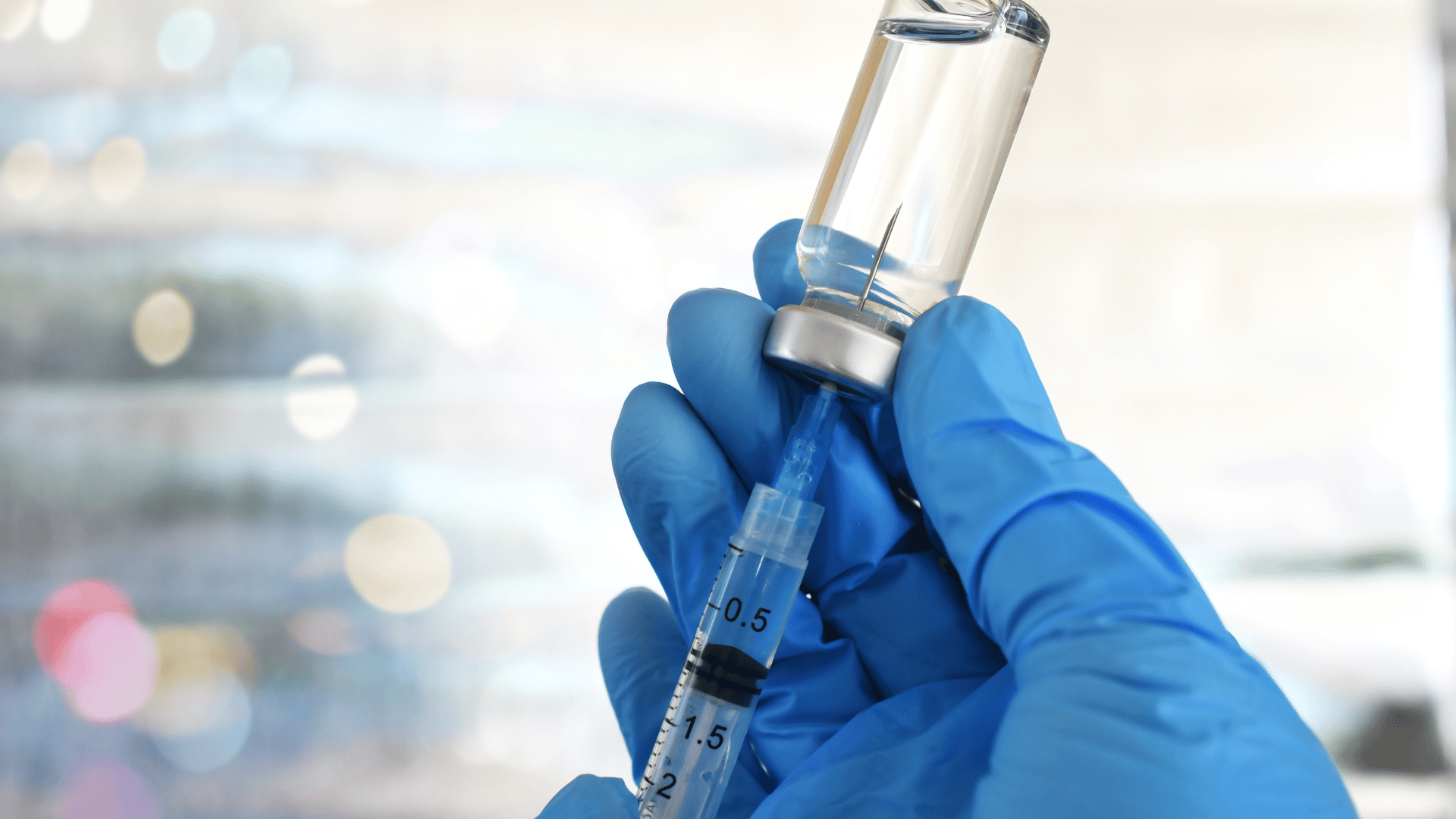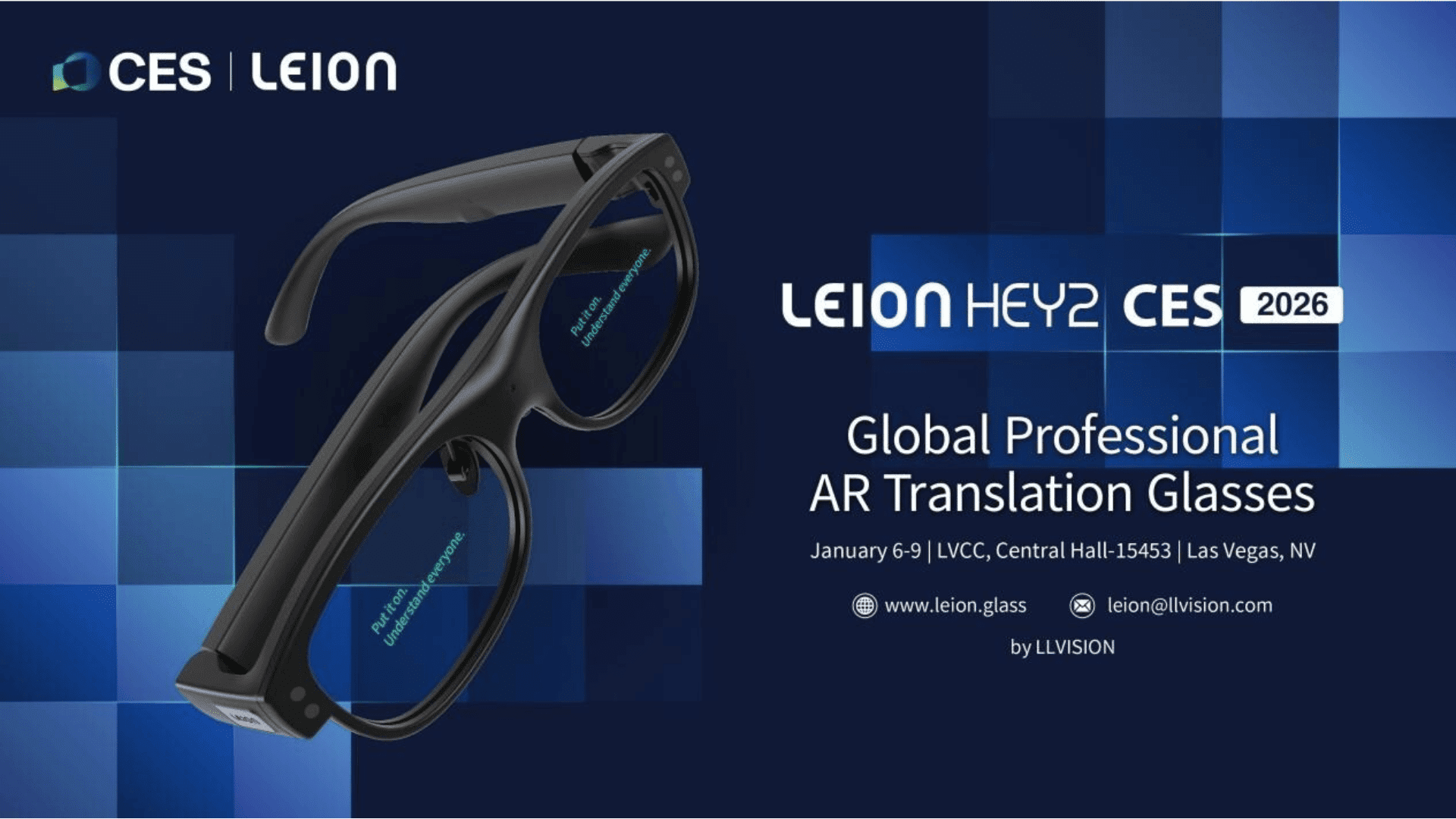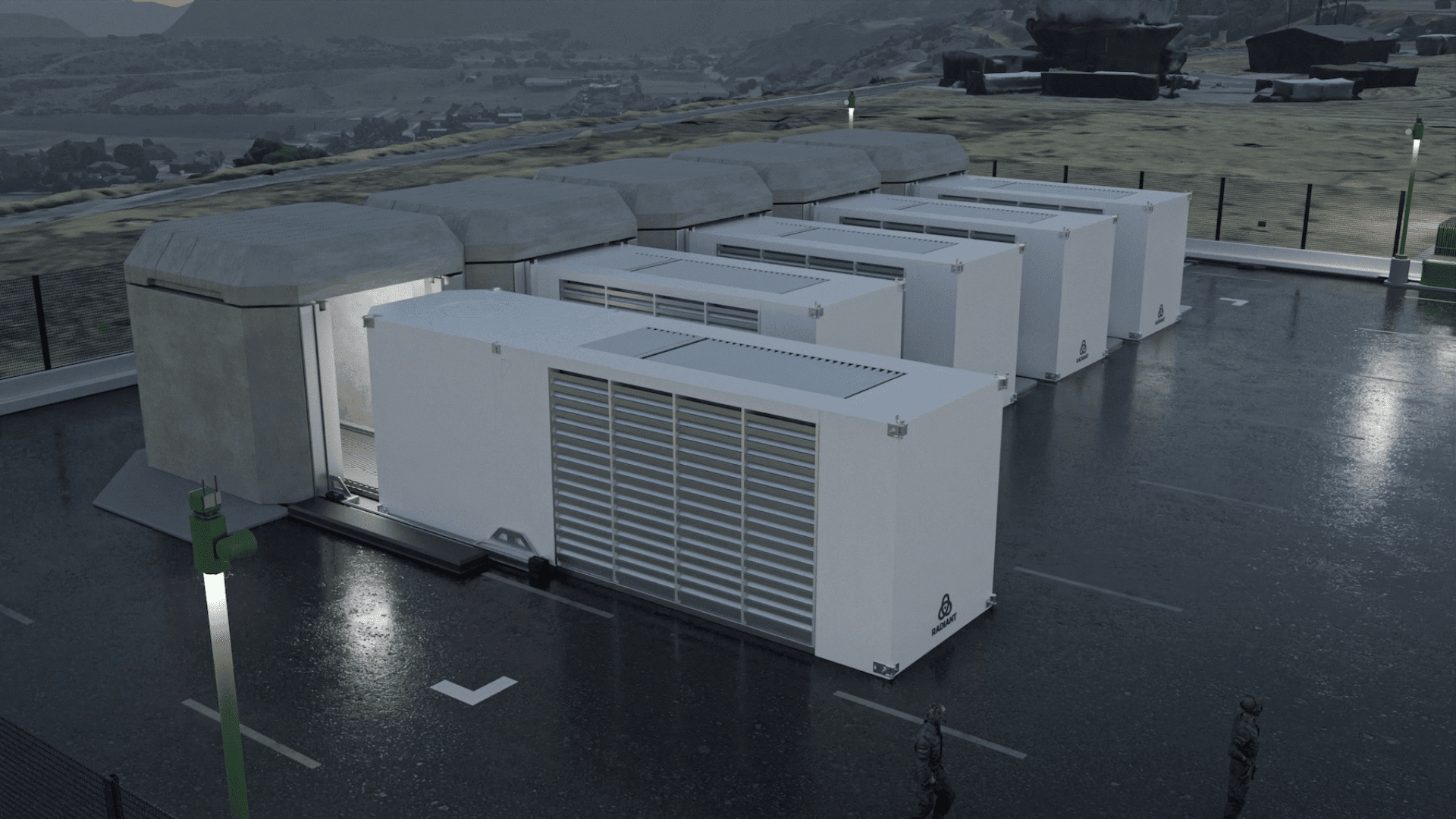A team of scientists created a new way to launch and move small robots using the energy from collapsing bubbles, a process known as cavitation. According to scientists, this technology could be useful for various applications, including targeted drug delivery and exploring hard-to-reach places.
Historically, cavitation has been viewed as harmful in industrial contexts. Collapsing bubbles create intense pressure, sometimes strong enough to damage tough alloys. However, scientists from the U.S. and China discovered how to use the energy and fast action for positive applications.
Harnessing Energy From Collapsing Bubbles For Robots

According to the team of scientists from Zhejiang A&F University and the University of California, Los Angeles, the method involves using a laser to heat light-absorbing materials rapidly. As a result, water droplets on the surface boil and create vapor bubbles. Then, when the bubbles suddenly collapse, they release energy with a strong force, which launches small “jumpers” up to 5 feet high.
Researchers can control the laser light to direct the launch and movement of the tiny jumper devices.
They say a small jumper made from a titanium composite was repeatedly launched at a top speed of 12 meters per second. According to scientists, this demonstrated impressive durability. This same approach can also power a robot’s swimming motion.
“The swimming motion is highly controllable, enabling navigation through complex, confined environments such as mazes and microfluidic channels,” researchers said. Additionally, it could have applications within circuit repair and precision assembly.
“The versatility of our launching strategy is further demonstrated by its adaptability to various environments,” researchers added. “Our photothermal jumpers can be deployed under liquids, on liquid surfaces, and on solid surfaces, accommodating diverse application scenarios.”
The team also explored inspiration from nature and tested the system’s ability to launch delicate objects such as seeds.
They aimed to show the method’s potential for safely transporting microcircuits or sensors. Additionally, scientists used Archerfish’s ideas to develop a cavitation-driven liquid jetting system.
“This high-speed, high-pressure liquid jet has the potential to penetrate biological tissues and inject drugs, providing a promising alternative to needle-based drug injections,” they concluded.







